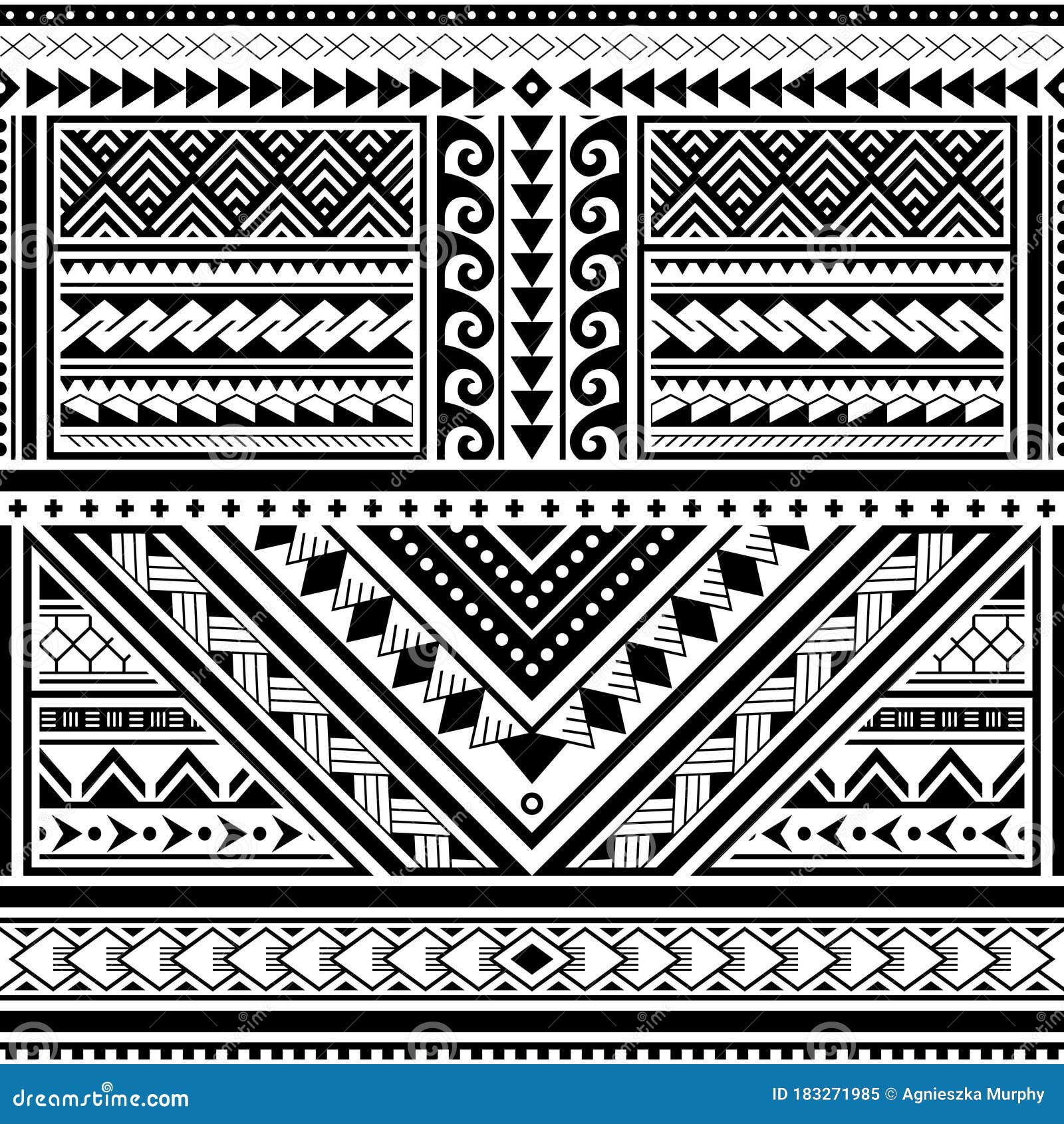Table Of Content
Other common symbols include animals, such as the turtle, which means good health, fertility, long life, peace, and rest. Another animal is the lizard, which signifies spirits and gods bridging the mortal and spirit worlds. They are all-in-all good luck charms but might lead to ill-omens if disrespected.
Regional Oceanic Artwork
The new Independent State of Samoa was not a monarchy, though the Malietoa title-holder remained very influential. It officially ended, however with the death of Malietoa Tanumafili II on May 11, 2007. In the 20th and 21st centuries, the Maori population began to recover, and efforts were made to redress social, economic, political and economic issues facing the Māori in wider New Zealand society. Beginning in the 1960s, a protest movement emerged seeking redress for historical grievances.[58] In the 2013 New Zealand census, roughly 600,000 people in New Zealand identified as being Māori. The Cook Islands is made up of 15 islands comprising the Northern and Southern groups.
Preserving and Celebrating Heritage: The Legacy of Polynesian Design
Disney Shares Concept Art Detailing Changes Coming to Disney's Polynesian Village Resort - The DIS
Disney Shares Concept Art Detailing Changes Coming to Disney's Polynesian Village Resort.
Posted: Thu, 24 Sep 2020 07:00:00 GMT [source]
There are also little wooden Polynesian artifacts that are perhaps ceremonial artifacts or boat adornments. These figures symbolize the deceased, although the higher gods were also depicted in Polynesian religion. Maurice Leenhardt, the art historian, has perfected his analysis of the Oceanians’ aesthetic mindset; he underlines the problem the New Caledonians have in imagining a world with more than two dimensions. The ancestors who guard the entryway are stylized into a trunk reduced to a few geometrical symbols. One of the most noteworthy architectural achievements of the area is the megalithic floating city of Nan Madol. The construction of the city started in 1200 CE and would continue until European explorers arrived around 1600.
Dystopian Surrealism – The Other-Worldly Horrors of Dystopian Art
This main style of two-dimensionalism is frequently seen in the face, but also in the entire form, and occurs all the way along the migration path taken by Oceanians from southern Asia. Around 1100 CE, the natives of Easter Island began constructing roughly 900 moai. Around 1200 CE, the people of the Micronesian island, Pohnpei, would begin another megalithic edifice, Nan Madol, a metropolis of artificial islands and a canal system.
The Enduring Allure of Polynesian Design: Inspiring Creativity and Cultural Exchange

The term Polynésie was first used in 1756 by the French writer Charles de Brosses, who originally applied it to all the islands of the Pacific. In 1831, Jules Dumont d'Urville proposed a narrower definition during a lecture at the Société de Géographie of Paris. By tradition, the islands located in the southern Pacific have also often been called the South Sea Islands,[4] and their inhabitants have been called South Sea Islanders. The Hawaiian Islands have often been considered to be part of the South Sea Islands because of their relative proximity to the southern Pacific islands, even though they are in fact located in the North Pacific. Another term in use, which avoids this inconsistency, is "the Polynesian Triangle" (from the shape created by the layout of the islands in the Pacific Ocean). This term makes clear that the grouping includes the Hawaiian Islands, which are located at the northern vertex of the referenced "triangle".
The Marquesan cross is a popular design that is widely used in Polynesian tattoos. This symbol depicts the relationships between humans and also the ones they share with the gods. This symbol originates from the Marquesas language and symbolizes life experiences, birth, and rank in society. Turtle tattoos are popular and play an important role throughout all Polynesian cultures. Turtle or honu is considered a symbol of health, fertility, peace, foundation, and longevity in life. Many Polynesian cultures view tattoos, whether it be their placement, their design, or simply getting one, as a sign of rank and an important message to society.
Afio Mai! Welcome to Pasefika, Sāmoan art, Polynesian Fine Art and Design.
The designs often incorporate elements of nature, such as waves, flowers, and wildlife. Hawaiian patterns are characterized by their fluidity and the use of curved lines. These designs evoke a sense of movement and harmony, capturing the essence of the Aloha spirit. Contemporary architects are finding innovative ways to incorporate Polynesian design elements into modern structures.
Many tattoos were used as decoration to make women more beautiful, especially so that when they are dancing their legs would show their tattoos and illuminate their amazing beauty. They believed that tattoos offered protection in battle, so they would be tattooed head to toe. This is commonly done on men rather than women, who receive fewer tattoos. Also, Marquesan tattoos often were done to symbolize an event such as coming of age. They described peoples’ history of their lineage on their skin, as well as their identity within their tribe. Although we have mentioned several unique characteristics for each of these Polynesian cultures, there’s actually quite a lot that they have in common in both culture and technique.
Polynesian Turtle Clip Art
The designs were often passed down through generations, with each tattoo telling a unique story about the wearer's heritage, achievements, and personal journey. Polynesian design has become an economic lifeline for many indigenous artists and communities. By creating and selling their artwork, these artists are not only sustaining themselves financially but also promoting cultural sustainability. Supporting indigenous artists by purchasing their creations helps preserve traditional art forms, fosters cultural pride, and enables the continuation of Polynesian design for future generations.
The result of their epic journey today is a very widespread Polynesian culture that encompasses many different sub-cultural groups. These include Marquesans, Samonas, Niueans, Tongans, Cook Islanders, Hawaiians, Tahitians, and Maori. Polynesian people share similar language and cultural traits due to their shared ancestral history, also apparent in their tattooing traditions. The art form of tattoos has been a staple part of their culture across all island groups for the last 2,000 years. Polynesian design has transcended geographical boundaries, inspiring artists, designers, and creatives across the globe. From tattoo artists incorporating Polynesian motifs into their work to fashion designers drawing inspiration from the vibrant patterns, this art form has become a wellspring of creativity and innovation worldwide.
For Polynesians, there is no more significant symbol of hospitality than a flower garland around the neck. Also, you can make the flower with colored ink or make patterns in the shape of Tiari. Just turn on your imagination and find a tattoo artist who will make any custom design.
Tongan tapa, a form of traditional cloth made from the inner bark of the mulberry tree, is adorned with intricate patterns and rich symbolism. These designs are often created using a variety of tools, including wooden stamps and freehand painting techniques. Tongan tapa designs feature geometric patterns, stylized animals, and ancestral motifs, serving as a visual representation of Tongan culture and heritage. Polynesian design has made its mark on the fashion industry, with designers incorporating elements of Polynesian patterns and motifs into their collections. From bold prints inspired by traditional tapa cloth to modern interpretations of tribal tattoos, Polynesian-inspired fashion celebrates the beauty and cultural significance of these mesmerizing designs. Tatau is more than just a form of body art; it is a sacred ritual that holds deep cultural significance.
They are often received as semi-gods or deified ancestors, such as chiefs or priests. They are symbols of protection, fertility and are guardians over the wearers. An ocean design with a curved circle is significant because it represents the second home of Polynesian people. When the ocean motif is part of a tattoo, it represents life, change, and progress through change. Like other symbols used in Polynesian tattoos, turtles can also be represented in the form of a linear design – this is achieved by drawing on the shape of the turtle’s shell pattern. These designs are closely tied to the tribal cultures and traditions of Polynesian islands.

No comments:
Post a Comment